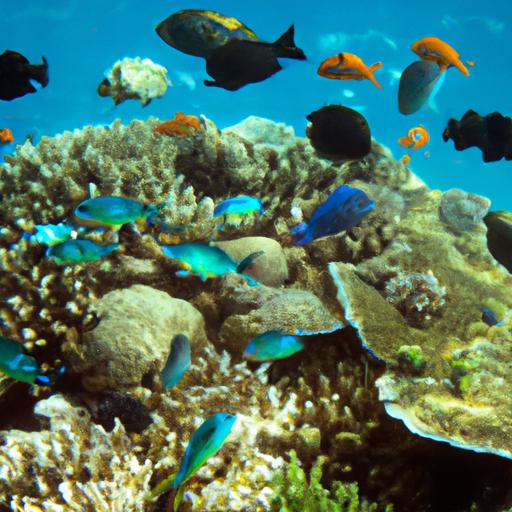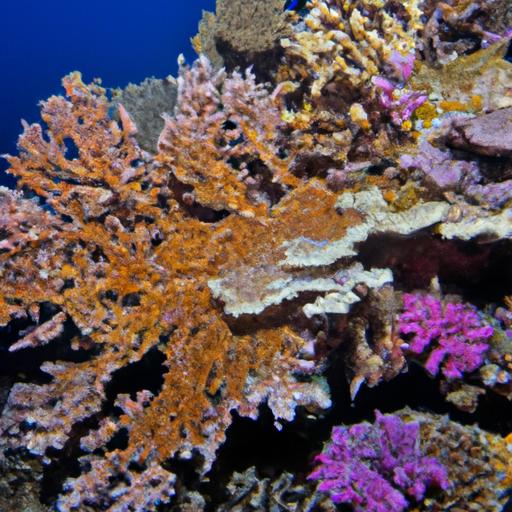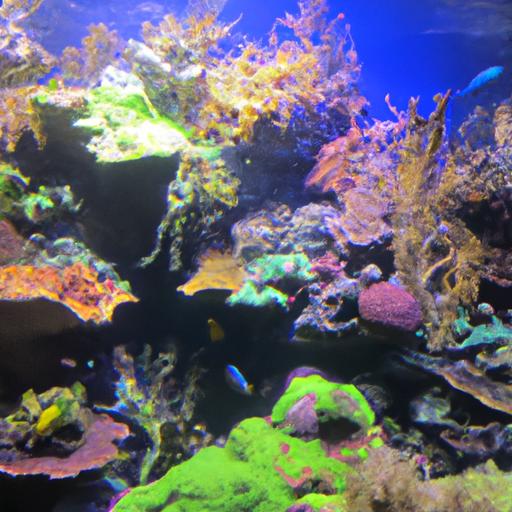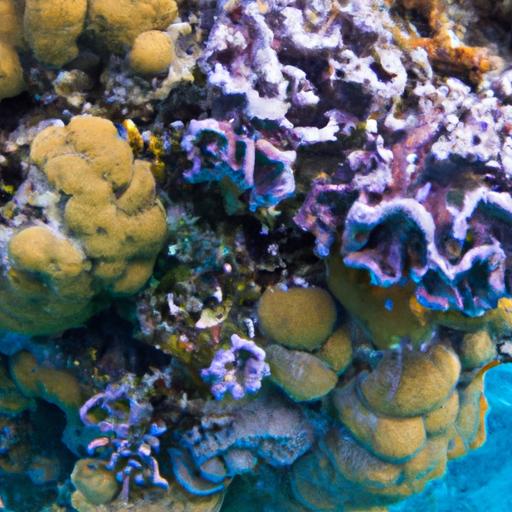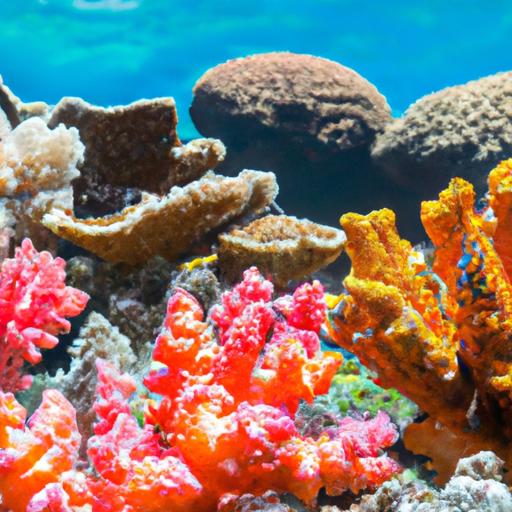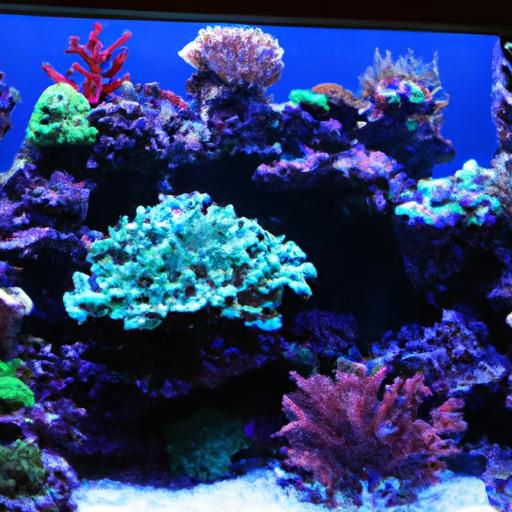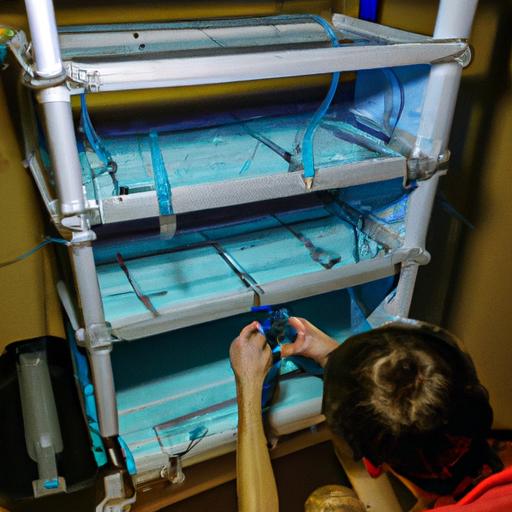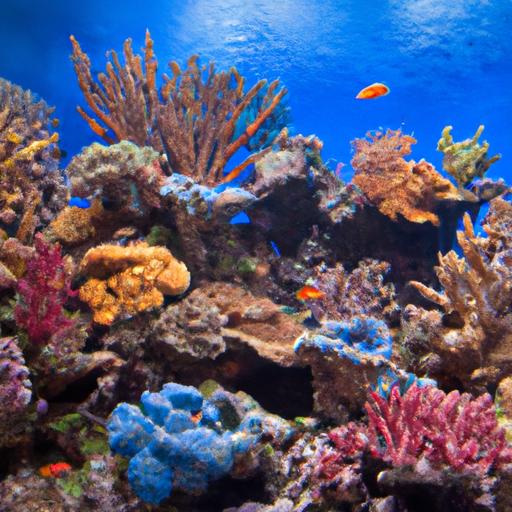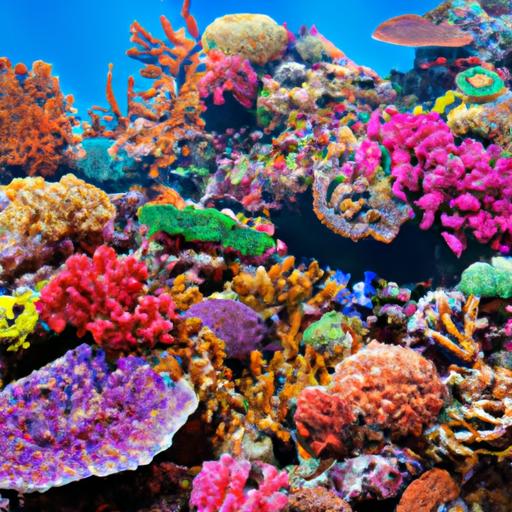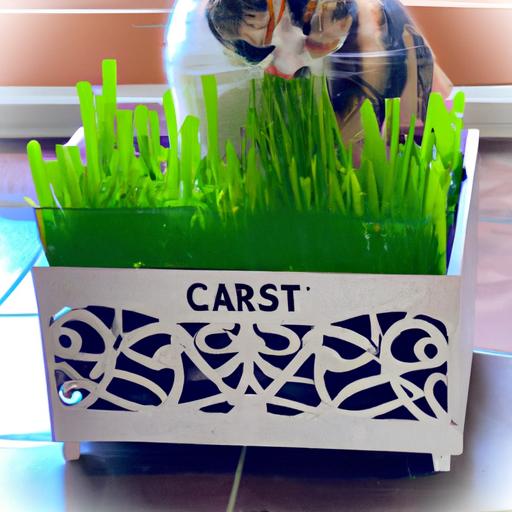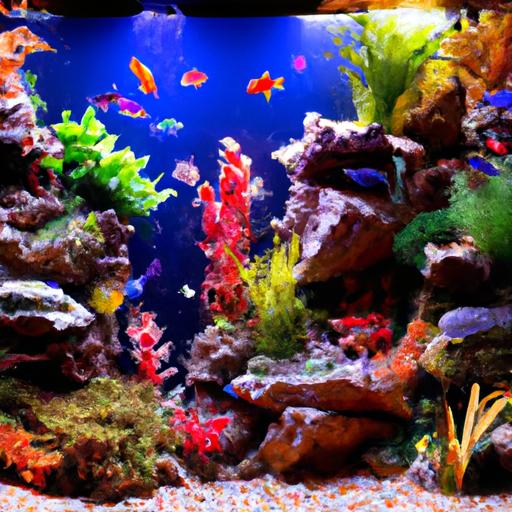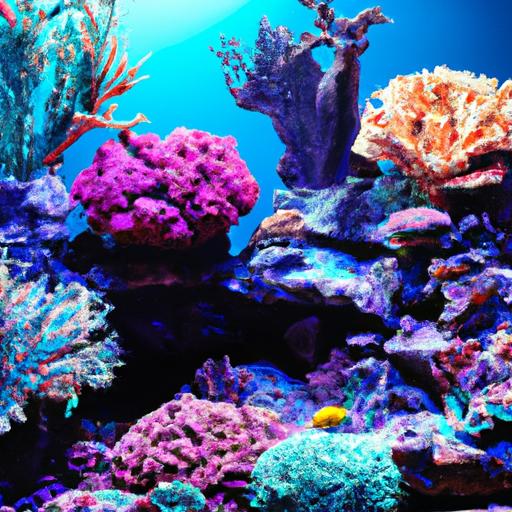
Spotlight on LPS Corals: Care and Maintenance
Discover the secrets of successful care and maintenance for LPS corals in this comprehensive article. Spotlight on LPS Corals: Care and Maintenance.
Introduction
Are you an aquarium enthusiast looking to add some vibrant and captivating corals to your tank? Look no further than LPS corals! These beautiful creatures, known as Large Polyp Stony corals, can truly be the spotlight of your aquarium. In this article, we will delve into the care and maintenance of LPS corals, providing you with essential information to ensure their health and longevity.
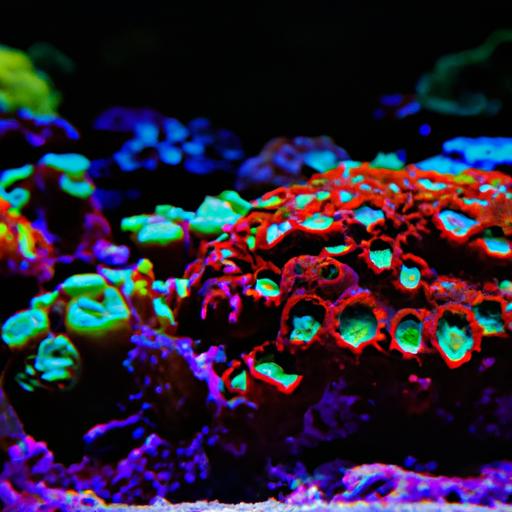
Spotlight on LPS Corals: Care and Maintenance
LPS corals are a diverse group of corals that possess large polyps and stony skeletons, making them a popular choice among aquarists. To provide optimal care for these corals, it is crucial to understand their specific needs.
Lighting Requirements
One of the key factors in maintaining LPS corals is providing adequate lighting. These corals typically require moderate to high lighting levels to thrive. This means investing in quality lighting systems that can emit the appropriate spectrum and intensity. LED lights are often recommended for their energy efficiency and customizable settings.
When setting up your lighting, it’s important to consider the placement and distance from the corals. LPS corals should be positioned in the mid to lower regions of the tank, where they can receive adequate light without being exposed to excessive intensity. Regularly monitoring and adjusting the lighting levels will help ensure the well-being of your LPS corals.
Water Parameters
Maintaining stable water parameters is crucial for the health of LPS corals. Here are some key parameters to monitor:
-
Temperature: LPS corals generally thrive in temperatures ranging from 75°F to 80°F (24°C to 27°C). Fluctuations outside of this range can stress the corals and negatively impact their growth.
-
Salinity: Most LPS corals prefer a salinity level of 1.025, which is near the natural seawater level. Using a reliable hydrometer or refractometer to measure salinity is essential for maintaining the ideal environment.
-
pH and Alkalinity: LPS corals thrive in alkaline environments with a pH ranging between 8.2 and 8.4. Regularly testing and adjusting the pH and alkalinity levels will help create a stable and suitable habitat for your corals.
-
Calcium and Magnesium Levels: LPS corals require adequate calcium and magnesium levels to build and maintain their stony skeletons. Regular testing and supplementing these elements as needed will promote healthy growth and coloration.
Feeding Habits
Unlike their photosynthetic counterparts, LPS corals are primarily heterotrophic, meaning they rely on capturing and consuming small organisms to meet their nutritional needs. While they can derive some energy from photosynthesis, providing regular feedings will help enhance their growth and vibrancy.
LPS corals can be fed a variety of foods such as mysis shrimp, brine shrimp, and commercially available coral foods. Target feeding, using a turkey baster or similar tool, allows you to deliver the food directly to the polyps, ensuring they receive proper nutrition. It is important to strike a balance between regular feedings and not overfeeding, which can lead to water quality issues.
FAQ: Common Questions about LPS Corals
Q: What types of LPS corals are suitable for beginners?
A: For beginners, it is advisable to start with hardy LPS corals such as Torch corals (Euphyllia glabrescens), Hammer corals (Euphyllia ancora), or Duncan corals (Duncanopsammia axifuga). These corals are generally more forgiving in terms of water parameters and lighting requirements.
Q: How can I provide adequate lighting for LPS corals?
A: Investing in LED lights specifically designed for reef aquariums is a great option. Look for lights that offer customizable settings for spectrum and intensity control. Additionally, proper placement of the lights and regular monitoring of lighting levels will help ensure your LPS corals receive the ideal amount of light.
Q: What are the common challenges in maintaining LPS corals?
A: One common challenge is maintaining stable water parameters. Fluctuations in temperature, salinity, pH, and alkalinity can stress LPS corals, leading to poor health and growth. Regular monitoring and adjustments are necessary to create a stable environment for your corals.
Q: How often should I feed LPS corals?
A: LPS corals should be fed 2-3 times per week. It is important to strike a balance between providing enough food for their nutritional needs and avoiding overfeeding, which can negatively impact water quality. Observing the corals’ response and adjusting the feeding frequency accordingly is key.
Conclusion
In conclusion, LPS corals bring a captivating beauty to any aquarium. By understanding their specific care requirements, you can create an ideal environment for these stunning creatures to thrive. From providing adequate lighting and maintaining stable water parameters to regular feedings, every aspect of their care plays a crucial role in their overall health and vibrancy. So, dive into the world of LPS corals, and let them become the spotlight of your aquatic oasis.
